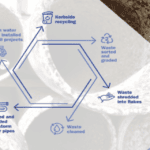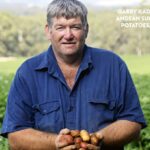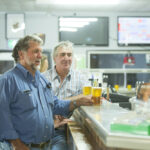The renewable energy hub project by Innovating Energy is possible due to grant assistance under…
Energy game-changers raising the bar
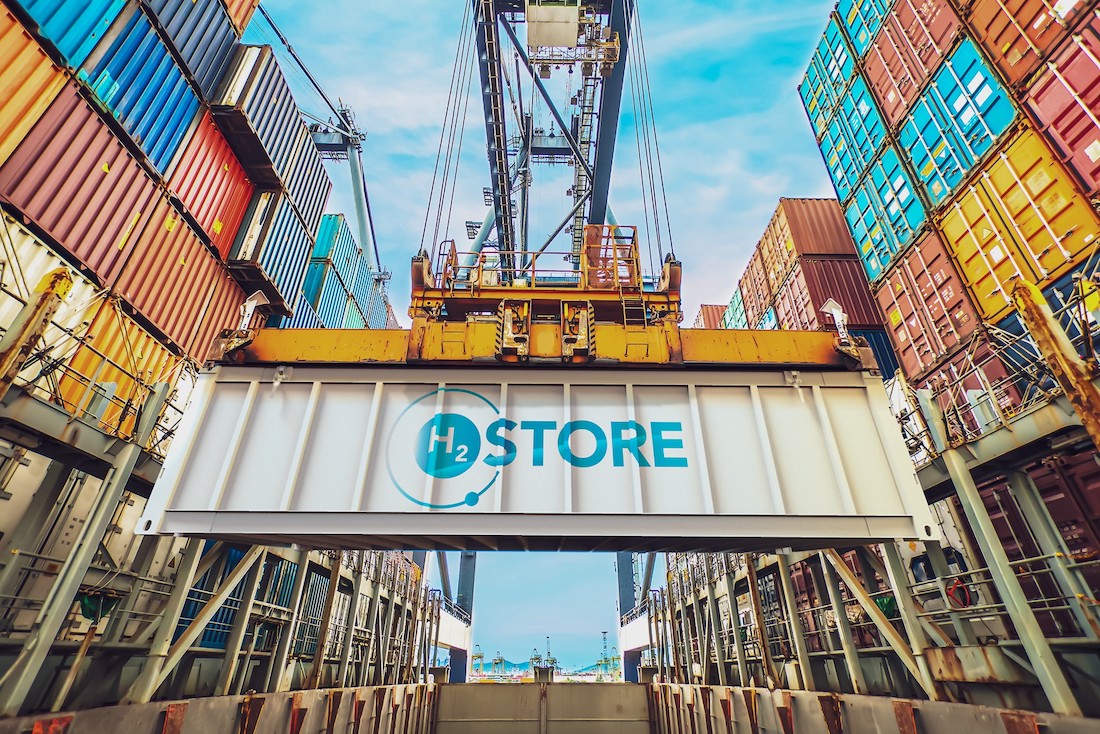
Farming in Australia takes a lot of energy, so there is no doubt that we need energy game-changers such as two innovative operators from NSW: Pelena Energy and H2Store.
The average cost as a proportion of the gross value of farm production (GVP) is 9 per cent though in some sectors it�s a lot higher.
According to research by the Australian Farm Institute and Department of Industry, Science, Energy and Resources, the cost of buying diesel and electricity to pump water, maintaining and harvesting crops accounts for up to half of input costs for cotton farmers.
For poultry and sugar cane growers it’s 16 per cent, while dairy farmers and wine-grape growers fork out 13 per cent.
And it keeps on rising. The cost of energy as a proportion of production costs has more than doubled over the past five years, offsetting the efficiency gains of new technologies by more than 20 per cent.
But what if, after investing in new infrastructure, farmers could get most of their energy at zero cost, and then take their margins back from energy suppliers? Two companies based in NSW are moving closer to turning this dream into a reality with game-changing new renewable energy technologies. But they still have some hurdles to jump, both scientific and legislative.
Mini hydroelectric
In 2014, the average power bill of dairy farmers in Dorrigo � a small town north of Coffs Harbour � was $1,200 a quarter. By 2019, it had climbed to $4,500 a quarter.
�Farmers are desperate for innovation in energy �that�s why we decided to base ourselves here,� says Peter Lynch of Pelena Energy, a company that cut its teeth manufacturing and installing long-life stainless steel micro-hydroelectric turbines in the Solomon Islands and other remote parts of Melanesia.
Another reason for choosing Dorrigo is it�s wet: set at an elevation of 731m on the eastern side of the Great Dividing Range, the area receives more than two metres of rainfall a year and is pockmarked with waterfalls.
�About 42 per cent of the rainfall in NSW lands on just 17 per cent of the land area east of the range, which makes it perfect for mini-hydro,� Peter explains.
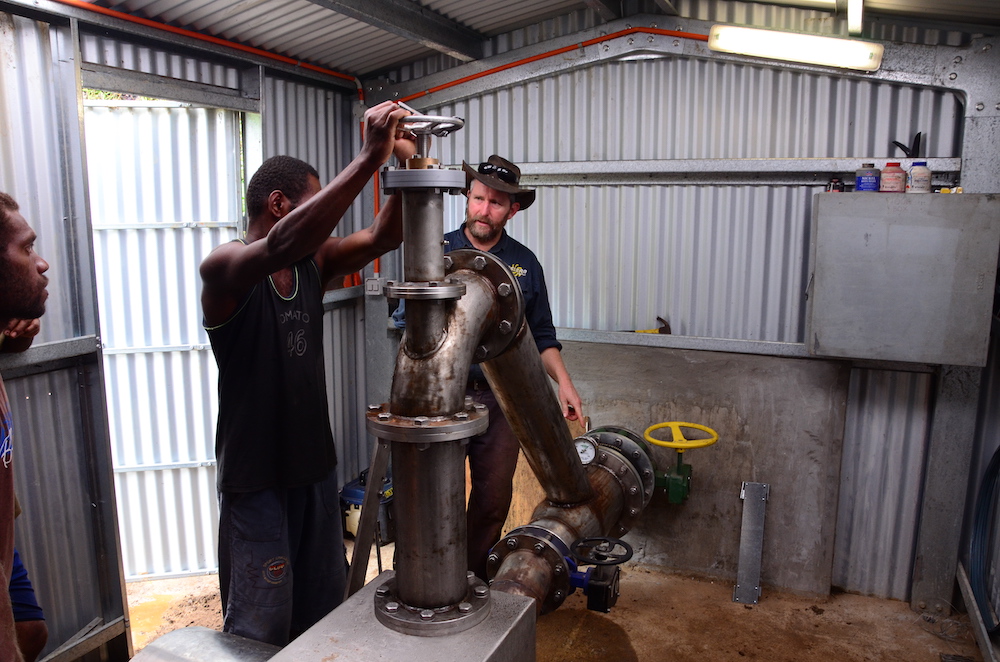
�Of course you can have solar, but on average, solar panels only generate power for a quarter of the day, and never at the break of dawn when dairy farmers need it the most to milk their cows. But as long as you have flowing water, hydros generate power 24 hours a day,� he says. �And small hydros don�t need dams like big hydros. So you don’t have to set them at high elevations and you won�t come into conflict with conservationists who want to protect natural habitat that would otherwise be flooded, or with irrigation communities who want the water released. You can place them at a geological sweet spot, ideally near the top of your land.�
Estimates by Pelena Energy suggest these mini hydroelectric systems, which range in size from 1kW to 250kW, pay for themselves with energy savings within 20 months. But there�s one major obstacle for farmers in NSW reaping the benefits.
�In Tasmania, there are non-consumptive water licenses,� Peter says. �But NSW is lagging; you can only get a consumptive water license. That means you have to purchase the water, and then you need a license to put the water back in the river and have it inspected for pollution, so the proposition is financially unviable.�
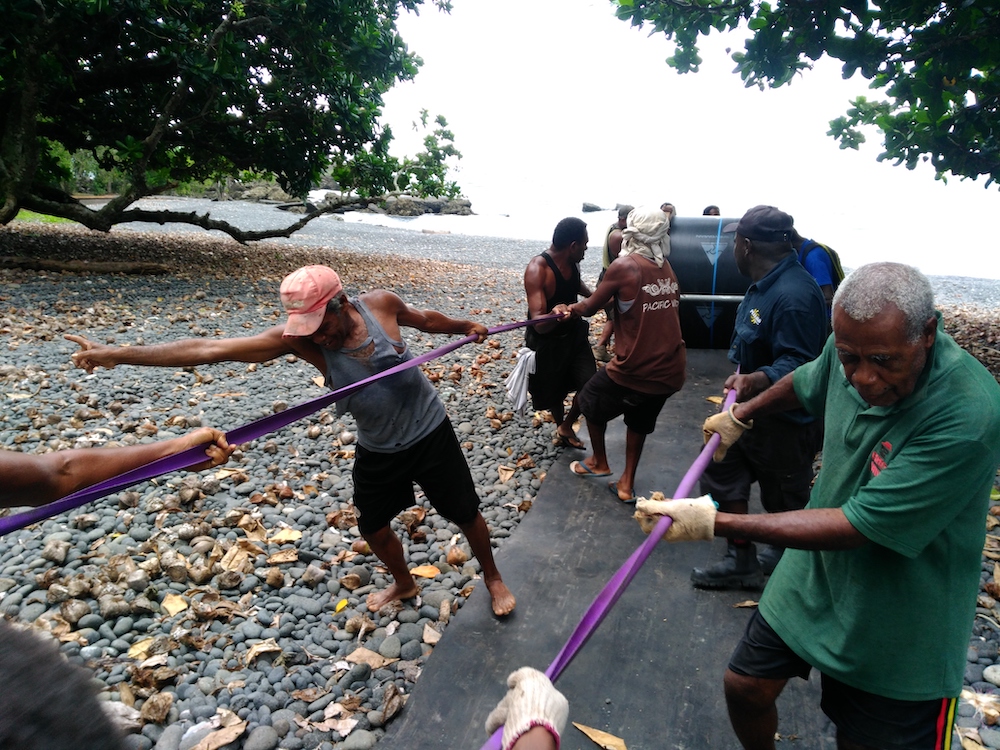
Pelena Energy is lobbying the NSW Government to amend these laws however their progress thus far has been slow; it took the company seven years to get a boundary adjustment passed by the local council. But as energy keeps on getting more expensive, and the environmental consequences of climate change become more real, momentum continues builds in the company�s favour.
�We think that within the next two years we will have two or three demonstration hydros in Dorrigo,� Peter says. �Once we prove to Fisheries NSW mini-hydros do not cause damage to fish migration, there will be no reason they can�t be installed all over Dorrigo and other parts of the state.�
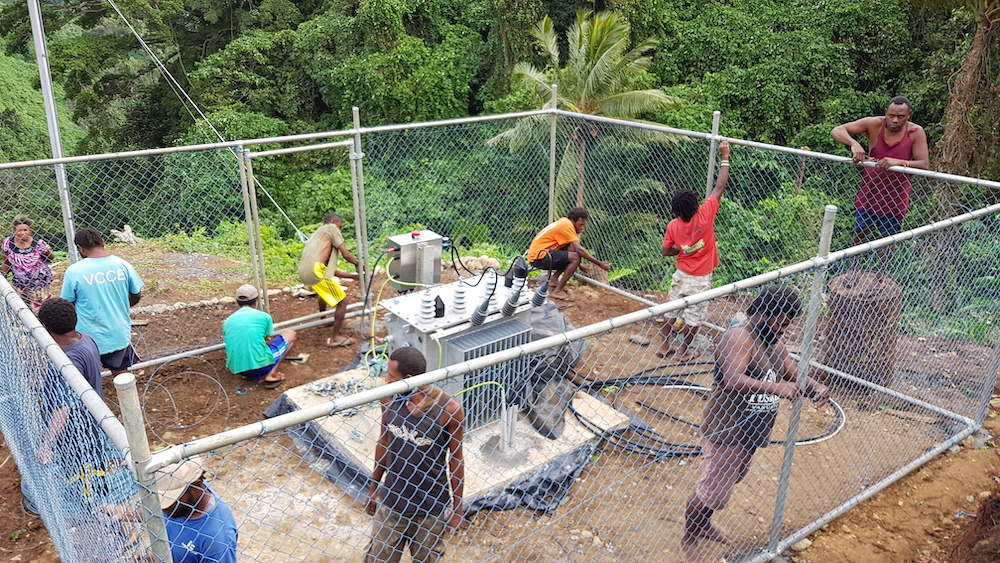
The hydrogen battery
Enter the hydrogen battery, a technology with metal alloys capable of storing surplus electricity in the form of hydrogen much more cheaply and efficiently than Tesla batteries, currently the world�s leading manufacturer of lithium batteries.
�Call me an alchemist, if you will,� Professor Kondo-Francois Aguey-Zinsou, the University of NSW researcher behind the invention, told the Sydney Morning Herald. �It�s like the Internet revolution.�
Matthew Muller, head of strategy at the Providence Asset Group, a Sydney-based company backing the professor�s invention, says if all goes to plan hydrogen batteries will hit the Australian market as early as next year.
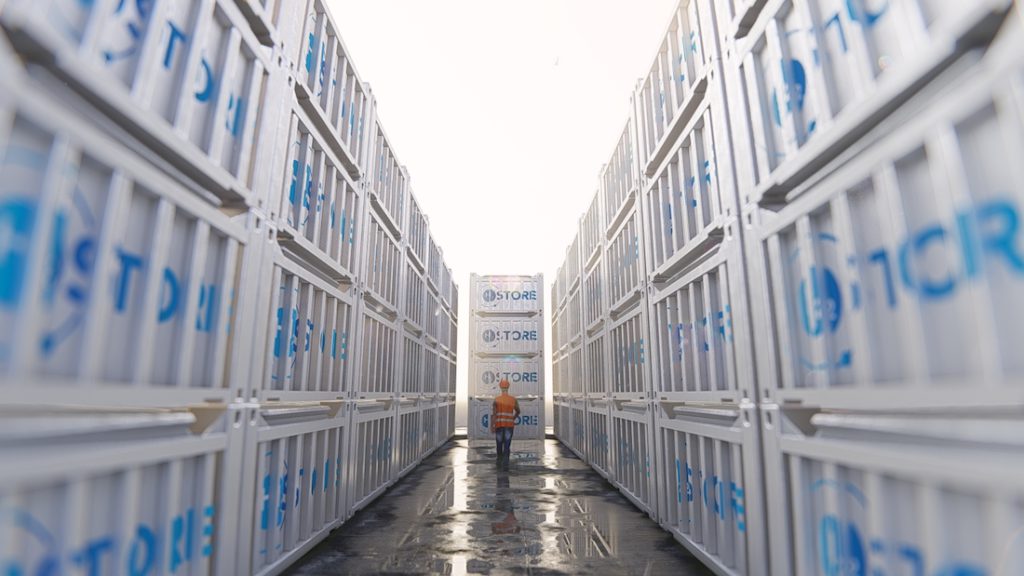
�The prototype is already working and now it is being tested to confirm the commercialisation of the technology and how much energy it can store,� he says. �If all goes to plan, we will start manufacturing actual models at the end of this year.�
Matthew says farmers will be a key target market: �There are two huge benefits for farmers. The first is �security of power� because there are far more brownouts and blackouts in rural areas than in metro areas. And second, it will reduce the cost of generating power, especially for dairy farmers who use a lot of energy early in the morning. If they have solar panels on their premises, they could store all the energy their panels generate during the day.� He adds: �Many rural industries will do very well out of this.�
Sold under the H2Store brand, these hydrogen batteries will cost a little more than Tesla lithium batteries, which currently retail for about $14,000 in Australia. But Matthew says they should last twice as long and could offer the equivalent of six Tesla batteries in terms of power generation. According to Providence Asset Group�s estimates, one battery will provide 40kw hours of power when fully charged � enough to power an average size Australian home for 1.6 days.
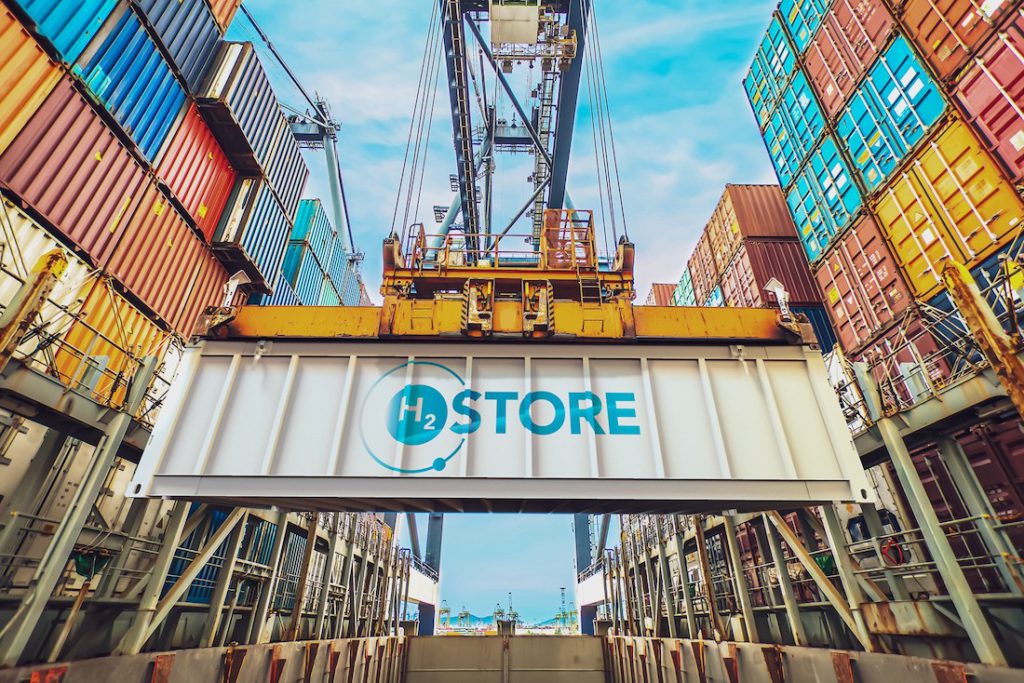
More than two million businesses and households in Australia have invested in solar panels. But as Lynch points out, the problem with solar and wind turbines is that they only generate power when it�s sunny or windy. Some of the excess power not consumed at the time of production can be stored in lithium batteries, but they cost a bomb and their storage capacity is limited.
�It won�t be a completely off-the-grid solution because in winter months when there is less sun you may need supplementary power,� Matthew says. �But either way, it�ll be a game-changer.�
If you enjoyed reading this story on energy game-changers, you might like our feature on the innovative Costa Group.


